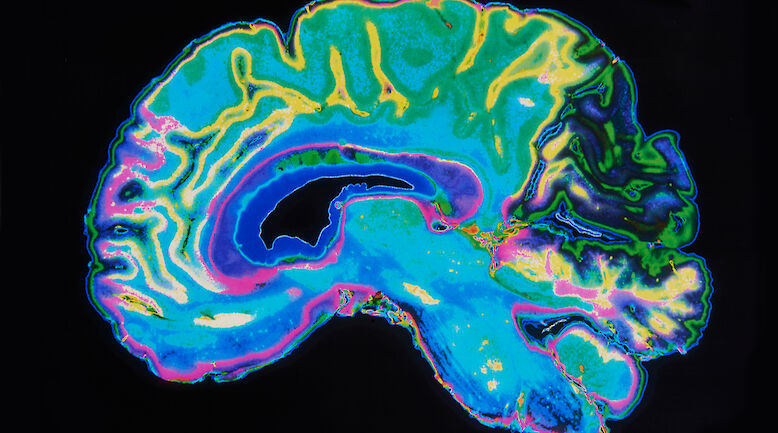English summary: Endovascular treatment for acute ischaemic stroke - an update

Background
Previously we published a HALO-review in Lääkärilehti in April 2013 on the endovascular treatment of acute cerebral ischemia (11 Mustanoja S, Pekkola J, Numminen H, Isojärvi J, Mäkinen E. Akuutin aivovaltimotukoksen endovaskulaarinen hoito. Suom Lääkäril 2013;68:1007-13.). New England Journal of Medicine had just published the results of three randomized control trials (RCTs): IMS III, SYNTHESIS Expansion and MR RESCUE (2-4), which were still going on at the time our review was written.
Methods
This review is a short summary of the results of these three RCTs and their impact on endovascular treatment efficacy and safety. The new results have been taken into consideration in the HALO recommendations approved at the HALO advisory board meeting on 31.5.2013 (55 ttp://www.thl.fi/fi_FI/web/fi/tutkimus/ohjelmat/halo/suositukset/aivovaltimotukoksen_endovaskulaarinen_hoito), and have been added to the HALO-review in 3 supplemental tables (electronic Tables 3, 5 and 6).
Results
In IMS III, SYNTHESIS Expansion and MR RESCUE included 1 136 patients, 679 of them receiving endovascular treatment. The RCTs did not find a statistically significant difference between the intervention and the control groups regarding the efficacy. The safety results supported previous data, as mortality or symptomatic intracerebral hemorrage rates did not differ from those seen in the i.v. thrombolyzed patients.
IMS III was interrupted prematurely when no extra benefit was found in the study. TICI 2b-3 recanalisation was low: 38% at ICA-level, and 44% at M1-level, differing from current reality (77 Saver JL, Jahan R, Levy EI ym, SWIFT Trialists. Solitaire flow restoration device versus the Merci Retriever in patients with acute ischaemic stroke (SWIFT): a randomised, parallel-group, non-inferiority trial. Lancet 2012;380:1241-9.,88 Nogueira RG, Lutsep HL, Gupta R ym, TREVO 2 Trialists. Trevo versus Merci retrievers for thrombectomy revascularisation of large vessel occlusions in acute ischaemic stroke (TREVO 2): a randomised trial. Lancet 2012;380:1231-40.) with more effective revascularization techniques. Additionally the number of patients per hospital was small possibly limiting experience in the procedures.
In the SYNTHESIS trial, the endovascular treatment was started one hour later than i.v. thrombolysis on the basis of a non-contrast CT. The same limitations with revascularization techniques apply as in IMS III: most patients (109/165) received only i.a. thrombolysis, the equipment used for mechanical thrombectomy is now consider old-fashioned, and recanalisation rates are not reported. In both IMS III and SYNTHESIS trials, the imaging patient selection was based on excluding hemorrhage and large infarction in non-contrast brain CT.
In MR RESCUE the benefit of identifying a penumbral pattern (either on CT or MRI perfusion) could not be shown. As the SYNTHESIS trial, this study also used old-fashioned endovascular techniques, and TICI 2a-3 recanalisation was achieved in only 43/64 patients (67%). As in IMS III, there were few (average 3) patients per study centre during the time period of 8 years, leading to limited experience in endovascular techniques; furthermore, the onset-to-treatment time was unusually long (6.3 h).
Conclusions
The three RCTs could not show increased benefit with endovascular treatment, although their safety profile remained unchanged. As both the technical aspects of the revascularization procedure and patient selection in the RCT:s differ from current clinical practice, endovascular treatment for acute cerebral ischemia is still feasible for some patients. Acute stroke patients with proximal vessel occlusion when i.v. thrombolysis is contraindicated or unlikely to help, and the volume of irreversibly damaged brain tissue is considered small in relation to the severe clinical symptoms. As in all acute stroke therapies, the onset-to treatment time should be as short as possible to be effective.
In the future, the now on-going RCTs (99 www.ClinicalTrials.gov) and registries such as the German-Austrian ENDOSTROKE (International Multicenter Registry for Mechanical Recanalization Procedures in Acute Stroke) will provide more data on treatments with shorter or longer time windows, and the variables useful for patient selection.












